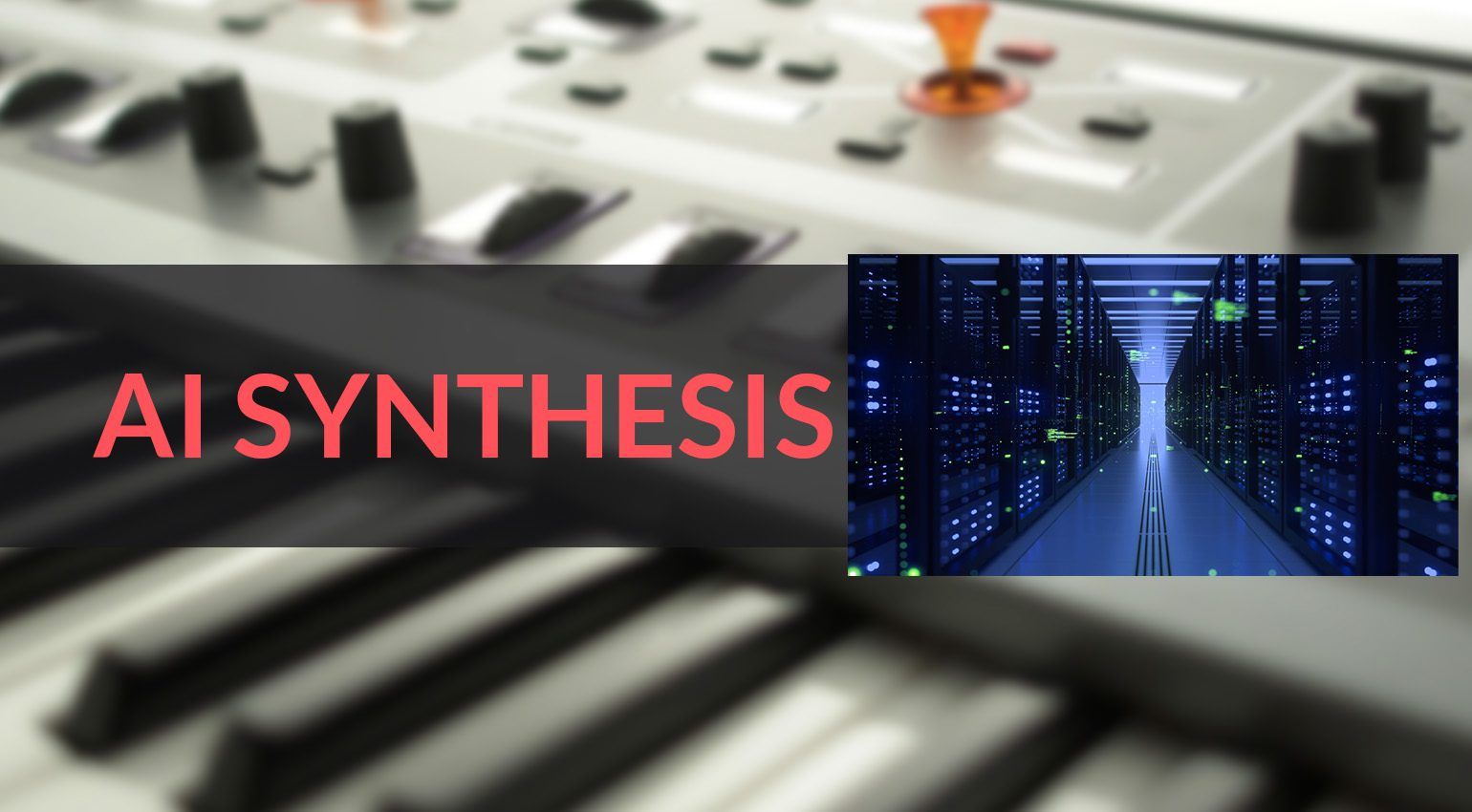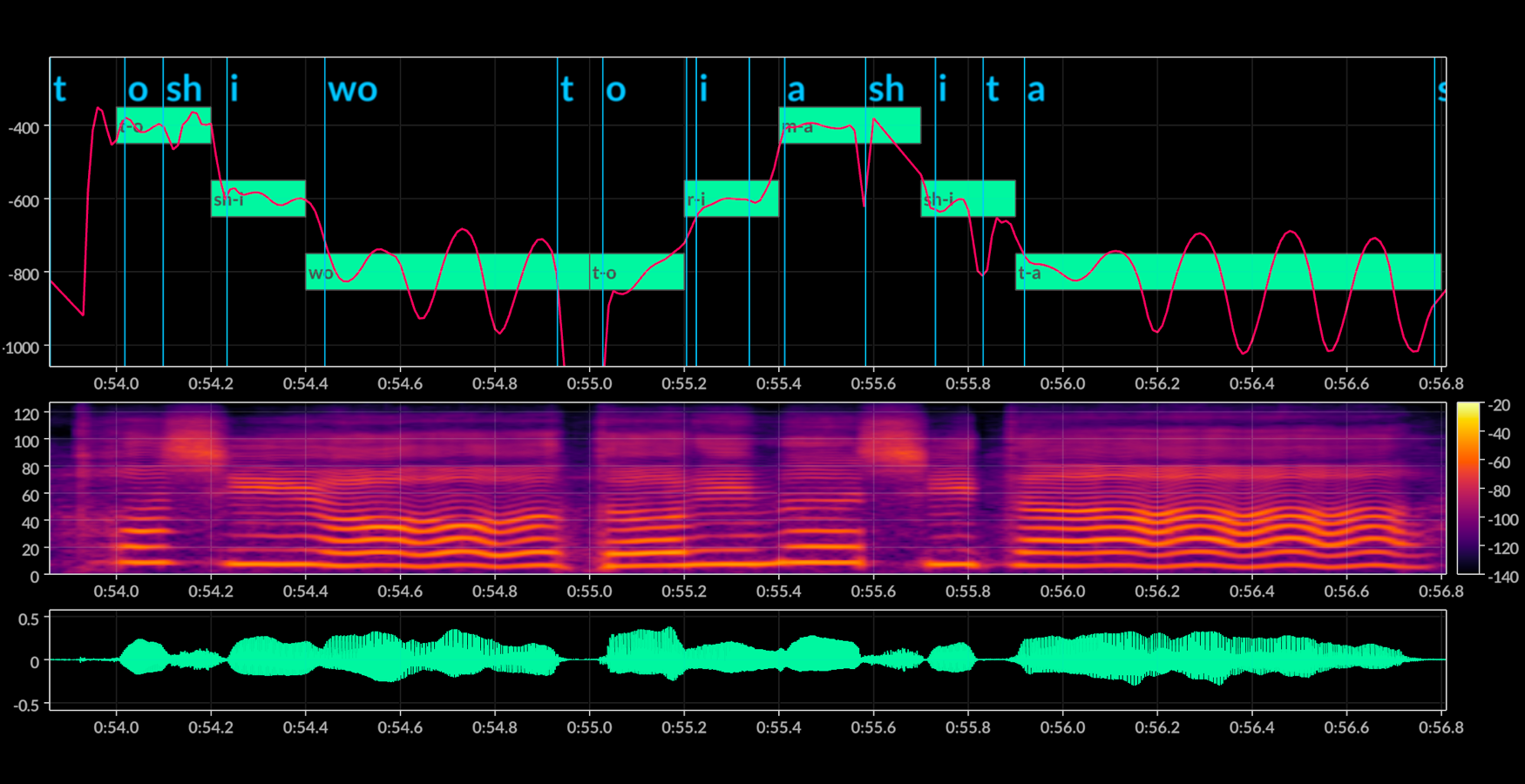AI Milestones 2023: Cutting-Edge Advances Transforming Audio Synthesis

AI Milestones 2023: Cutting-Edge Advances Transforming Audio Synthesis
The year 2023 stands as a landmark era in the evolution of Artificial Intelligence (AI), particularly in the realm of text-to-speech (TTS) technology. Innovations in AI have not just incrementally improved TTS capabilities; they have revolutionized the way we interact with devices through voice. From nuanced voice inflections to multilingual support, AI advancements have empowered TTS software to deliver unprecedented realism and versatility. These strides have made technology more accessible and user-friendly, paving the way for broader applications across industries—from helping those with reading disabilities to enhancing virtual assistants and driving forward the development of smart homes and interactive entertainment.
TTS technology, bolstered by AI, is rapidly becoming a staple in digital interfaces, reflecting the heightened importance of seamless and natural communication in our increasingly connected world. The introduction of voice generators that replicate human-like speech patterns with enhanced clarity and emotion underscores the sophistication of current AI tools, yielding a more authentic and engaging user experience. As AI continues to mature, these voice technologies are expected to become deeply integrated into daily life, blurring the lines between human and machine interactions.
| Topics | Discussions |
|---|---|
| Overview of AI Innovations | An exploration of the latest and most significant advancements in artificial intelligence that emerged in 2023. |
| 3 Most Important AI Innovations of 2023 | Insight into the top AI breakthroughs that have the potential to reshape industries and enhance cross-sector functionalities. |
| Underlying Technologies Behind AI Advancements | Detailing the tools and methods—like machine learning algorithms and neural networks—that underpin the latest AI technological leaps. |
| Programming Tutorials for AI Applications | A guide to utilizing programming languages and AI libraries to create sophisticated AI applications. |
| Practical Applications of AI | A look at how artificial intelligence is applied in real-world scenarios, offering solutions and enhancements in various sectors. |
| Common Questions Re: AI Technology | Addresses common inquiries about AI's impact on text-to-speech development, leading voice generators, and available AI solutions for voice generation. |
Overview of AI Innovations
Understanding the lexicon of AI innovations is crucial as we delve into the transformative developments of 2023. Those at the helm of this technological renaissance, including research scientists and software engineers, need to be well-versed in the terminology that anchors these advancements. From sophisticated algorithms to the seamless synthesis of human-like speech, the AI field is rich with specialized terms. Below, you'll find a glossary outlining some of the most prevalent terms that paint a picture of the current AI landscape and its implications for audio synthesis.
AI (Artificial Intelligence): The simulation of human intelligence processes through machines and software algorithms.
TTS (Text-to-Speech): A technology that converts written text into spoken voice output.
Machine Learning: A branch of AI that focuses on the development of algorithms that enable software applications to become predictive and dynamic without explicit programming.
Deep Learning: An advanced subset of machine learning involving neural networks with multiple layers (deep neural networks) that can learn and make intelligent decisions on their own.
Neural Networks: Computational models inspired by the human brain that are designed to recognize patterns and perform tasks by processing series of data.
Audio Synthesis: The process of artificially generating sound waves that resemble the human voice.
API (Application Programming Interface): A set of programming codes that enables data transmission between one software product and another.
Speech Recognition: The ability of computer software to identify and process human speech into a readable format.
Voice Generator: Software that synthesizes speech from text data, often with options to customize voice types and languages.
Natural Language Processing (NLP): The intersection of computer science, AI, and linguistics concerned with the interactions between computers and human languages.

3 Most Important AI Innovations of 2023
The year 2023 has witnessed significant advancements in AI, as chronicled in the article "The 3 Most Important AI Innovations of 2023." While specific details are not provided, the article likely shines a spotlight on pioneering breakthroughs that have carved pathways in AI efficacy and applications. These innovations may include, but are not limited to, the enhancement of neural networks, optimization of machine learning paradigms, and the development of sophisticated algorithms capable of complex functions that were once the sole province of human intellect.
Published on October 3rd, 2023, the article would dissect these innovations, examining their impact not just on technology itself, but across diverse sectors such as healthcare, finance, and automotive. The author, potentially alongside a team of researchers or industry professionals, would delineate on the transformative power of these AI advancements and how they've reshaped corporate strategies, scientific research, and consumer technologies.
With the advent of AI systems that can enhance experiential and operational aspects of both mundane and complex tasks, this editorial piece serves as a vital checkpoint in the continuous timeline of AI progression. It is a testament to the ongoing ingenuity in the tech field and serves as an essential read for industry professionals and academicians who seek to stay abreast of significant technological trends and trails being blazed in AI.
Underlying Technologies Behind AI Advancements
The tremendous leaps in AI capabilities witnessed in 2023 stand on the shoulders of underlying technologies that have rapidly matured and innovated. Central to these advancements are neural networks, particularly deep neural networks (DNNs), which mirror the complex structures of the human brain. These computational models form the core, learning intricate patterns from massive datasets and performing tasks with growing autonomy and accuracy.
Machine learning algorithms, fed with quality and diverse data, have extended the potential of AI systems beyond pre-programmed capabilities. They enable systems to make predictive analyses and decisions, increasingly without human intervention. Variants of these algorithms, such as reinforcement learning and supervised learning, contribute to AI's adaptability and precision in various applications, from natural language processing applications to sophisticated robotic control systems.
Technologies like generative adversarial networks (GANs) and transfer learning have also contributed to the innovative prowess of AI by improving the efficiency of model training and the adaptability of models to new, unexplored datasets. These technological underpinnings underscore the accelerated rate at which AI is advancing, broadening its applicability, and reinforcing its position as a transformative force in contemporary society.
Programming Tutorials for AI Applications
Developing With Machine Learning Libraries
Developing artificial intelligence applications often involves using machine learning libraries that provide pre-built algorithms and models. Libraries such as TensorFlow and PyTorch are popular choices among developers for their flexibility and power. For instance, training a simple neural network to classify images using TensorFlow might look like the following in Python:
import requests
response = requests.post(
'https://api.v6.unrealspeech.com/stream',
headers = {
'Authorization' : 'Bearer YOUR_API_KEY'
},
json = {
'Text': '''<YOUR_TEXT>''', # Up to 1,000 characters
'VoiceId': '<VOICE_ID>', # Scarlett, Dan, Liv, Will, Amy
'Bitrate': '192k', # 320k, 256k, 192k, ...
'Speed': '0', # -1.0 to 1.0
'Pitch': '1', # 0.5 to 1.5
'Codec': 'libmp3lame', # libmp3lame or pcm_mulaw
}
)
with open('audio.mp3', 'wb') as f:
f.write(response.content)This code snippet sets up a convolutional neural network (CNN) and trains it for an image classification task. Libraries like TensorFlow abstract much of the cumbersome work involved in developing and training AI models, making it more accessible for developers.
Integrating AI into Existing Software
Integrating AI capabilities into existing software applications can greatly enhance functionality and user experience. For example, adding speech recognition to an application can be achieved through various cloud APIs. If you're using Google Cloud's Speech-to-Text API, you would send audio data to Google's servers and receive transcribed text in return. Here's an example using the Python client library:
from google.cloud import speechclient = speech.SpeechClient()audio = speech.RecognitionAudio(content=audio_content)config = speech.RecognitionConfig(language_code="en-US")response = client.recognize(config=config, audio=audio)for result in response.results:print("Transcript: {}".format(result.alternatives[0].transcript))
This script transmits audio data to the Speech-to-Text API and prints out the transcribed text. Implementations like these enable developers to add powerful AI functions to software without the need for extensive AI expertise.
Practical Applications of AI
Unreal Speech's text-to-speech synthesis API is changing the landscape for a variety of professions by making voice technology more accessible and affordable. With the ability to slash text-to-speech costs by up to 90%, Unreal Speech is an especially compelling option for academic researchers who often work within stringent budget constraints. The service's capacity for processing large volumes of data quickly and its multilingual support can significantly aid in linguistic studies or any research requiring voice synthesis.
Software engineers and game developers can also benefit from the affordability and scalability of Unreal Speech. Integrating realistic speech into applications or games without the hefty price tag can drive innovation and quality in user interfaces and character design. The API's low latency and high uptime are critical for real-time applications, ensuring a seamless experience for end-users.
Educators are another group that stands to gain from Unreal Speech's synthesis API. The technology can support a range of educational content, from audiobooks to interactive learning apps, enhancing accessibility and engagement for students. Educators can expand their teaching tools repertoire, accommodating diverse learning styles and needs while keeping costs low due to volume discounts.
Common Questions Re: AI Technology
What Tools Are Shaping Text-To-Speech Development?
Advanced AI and machine learning libraries paired with neural network capabilities are the primary tools driving innovation in text-to-speech development.
Which AI Voice Generators Lead the Market in 2023?
AI voice generators that lead the market are those offering the most natural synthesis, multilingual support, and customization options, built upon deep learning and neural networking technologies.
Are There Effective Free AI Solutions for Voice Generation?
Yes, there are effective free AI voice generation solutions available that provide a range of services, although premium options might offer additional features and higher quality output.